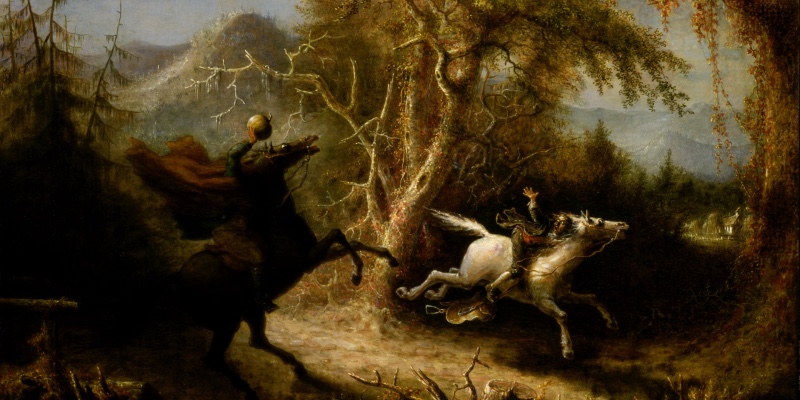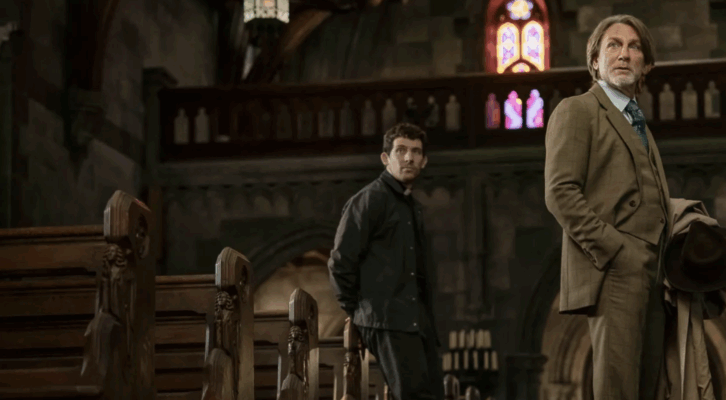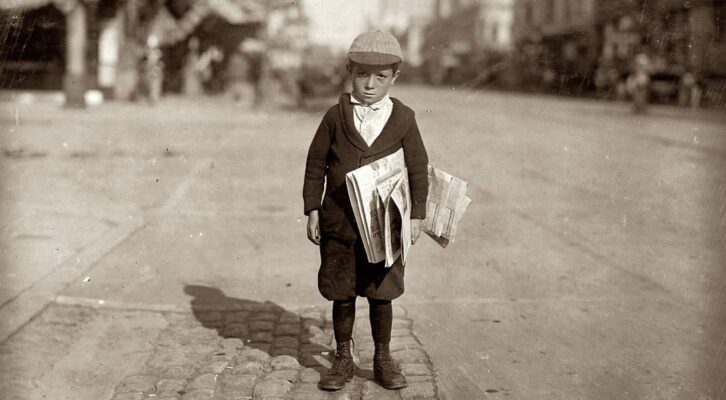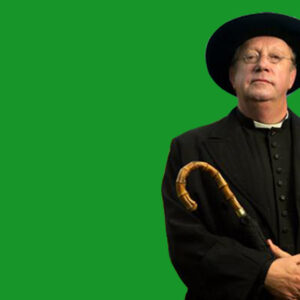“You had me at headless corpses!”
This was a genuine response I got from a reader recently in a bookshop in the north of England.
To give some background to this macabre exchange, for the past month I’ve been touring my new book – The Black Highway – in the UK. This has involved the usual round of bookshops and launch events, which bring with them the butt-clenching moment every author fears when a prospective reader picks up your book, inspects it like it may be poisonous and asks “so what’s this about, then?” This is the dreaded ‘elevator pitch’, so called because it should take less time to deliver than a short elevator ride.
At this point you are meant to condense the four-hundred pages of complex story you’ve been working on for well over a year into a couple of enticing sentences, or preferably just one. I struggle with this, most authors do, but this time I noticed an interesting thing. The moment I began my spiel and mentioned that the book opens with the discovery of a headless, handless corpse on the banks of the river Thames – making it hard to identify the victim – I barely needed to say anything more. People, it seems, as proved by that one reader’s exclamation, just love a headless corpse.
Having made this momentous discovery I began thinking about other books that contain this grisly crowd-pleaser.
The daddy of them all, of course, is “The Legend of Sleepy Hollow” (Washington Irving, 1820) probably best known to modern audiences through the Tim Burton/Johnny Depp film adaptation.
In the movie the headless ghost is real, and played in fine, scenery chewing style by Christopher Walken with very pointy teeth. In the original story, however, it’s never entirely revealed whether the headless horseman, supposedly the ghost of a soldier who lost his head to a cannonball in the Revolutionary War and who rises from his grave each night in search of his missing head, is real or not. The nervous and superstitious schoolmaster, Ichabod Crane, certainly believes the story and encounters … something, on his way home from a harvest party after an attempt to woo Katrina, daughter of a wealthy farmer. His love rival, the fantastically named Bron Bones, also at the party and none too happy about Ichabod’s romantic intentions, tells the story of the horseman to spook Ichabod, who then encounters it on his way home. Fleeing for his life from the apparition, Ichabod gets knocked from his horse when the ghost throws its severed head at him and his riderless horse is found in the morning and Ichabod is never seen again leaving Bron free to woo and ultimately marry Katrina. There’s more than a suggestion that the ghost was actually Bron scaring away his rival in a Scooby-Doo style, but it’s never fully confirmed. What is clear, however, is that the fear of the headless phantom was very real.
Losing your head is pretty final. It’s not one of those injuries you can recover from and so, symbolically, represents total and utter destruction of the individual, or – depending on who that individual is/was – an entire household or even a kingdom.
In Game of Thrones (George RR Martin, 1996) the shock decapitation of the noble Eddard (Ned) Stark marks the end of peace and order in Westeros and the beginning of years of violence and chaos. The vile Joffrey Baratheon even uses the severed head as a tool to brutalise and subdue his unwilling bride, Sansa Stark, daughter of the murdered Ned. Here the headless corpse acts both as a symbol of power usurped and also as a brutal demonstration of power made manifest.
Both in literature and in history, beheading was traditionally reserved for aristocracy, with plain old hanging good enough for the rest of us. As a result, you only tended to get headless ghosts of aristos drifting about in castles, or, in Harry Potter and the Philosopher’s Stone (JK Rowling, 2001) “nearly” headless ones.
It was not until the French Revolution (1789-1799) that decapitation was both mechanised and democratised, ultimately giving us perhaps the most noble death in all of literature at the end of A Tale of Two Cities (Charles Dickens, 1859) as Sydney Carton takes the place of his friend and mounts the steps to the guillotine declaring “It is a far, far better thing that I do, than I have ever done; it is a far, far better rest that I go to than I have ever known.”
The inclusion of Dickens’ masterpiece in this article may seem a bit of a stretch as the story ends there so we don’t actually get to see Carton’s headless body, but I would argue it’s far less of one than A Severed Head (Iris Murdoch, 1961) which, despite the title, is all about middle class people having affairs and doesn’t contain a single headless body AT ALL!!
One of the questions often suggested but rarely answered in any book involving headless corpses is – what happened to the missing heads? This is one that is deftly dealt with and dramatized in possibly my favourite thriller of all time, The Silence of the Lambs (Thomas Harris, 1988).
Whilst toying with Clarice Starling, an FBI agent trying to pick his brains (not literally) for help in solving an ongoing serial killer case, Dr Hannibal Lecter sends her to a lock-up stuffed with a variety of macabre items including a jar containing the head of one Benjamin Raspail –unfortunate ex-boyfriend of the serial killer in question who was killed by Lecter after a therapy session where, presumably, Lecter did at least cure him of his anxiety. We never find out what happened to Raspail’s body, but, as Lecter did have a habit of eating his victims, I think we can all have a pretty good guess.
All in all, whether it’s a body that’s missing its head or the other way round, one thing’s for certain – put one in all your future books and you’ll never have to do an elevator pitch ever again.

















